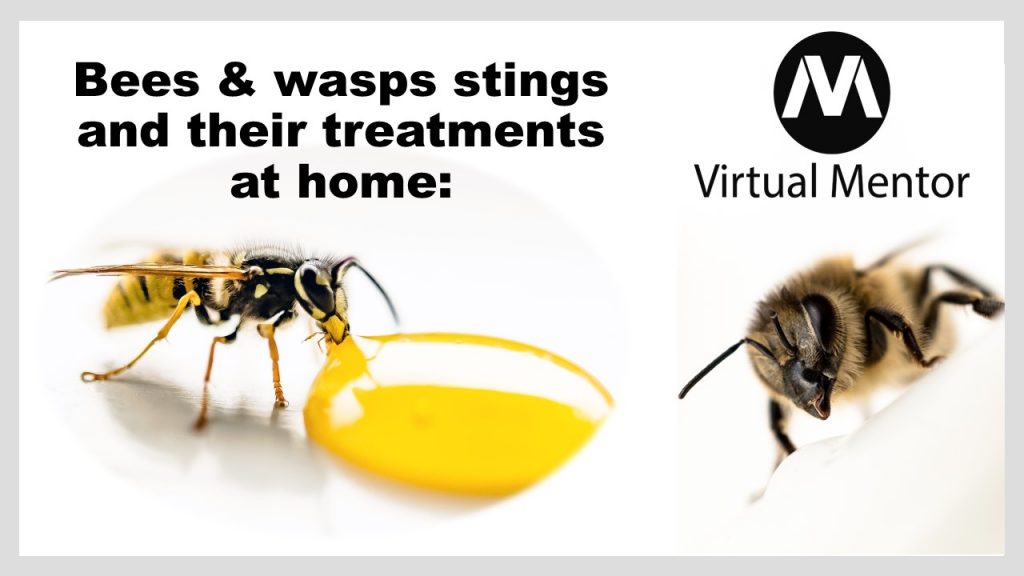What is a sting?
The sting is actually a little and sharp protruding structure at the end of the abdomen of certain insects which can inject poison in a process called stinging, to cause pain and severe wound, sometimes painful swellings.
The current article is about the stings of bees and wasps. We will discuss what is meant by stings of bees and wasps, their stinging mechanism, their post-sting physiological changes, and their treatment at home.
Stinging insects:
A lot of varieties of insects have the ability to sting such as wasps, hornets, bees, flies, ants, and scorpions. The most common type of sting occurs due to bees, yellow wasps, hornets, and paper wasps.
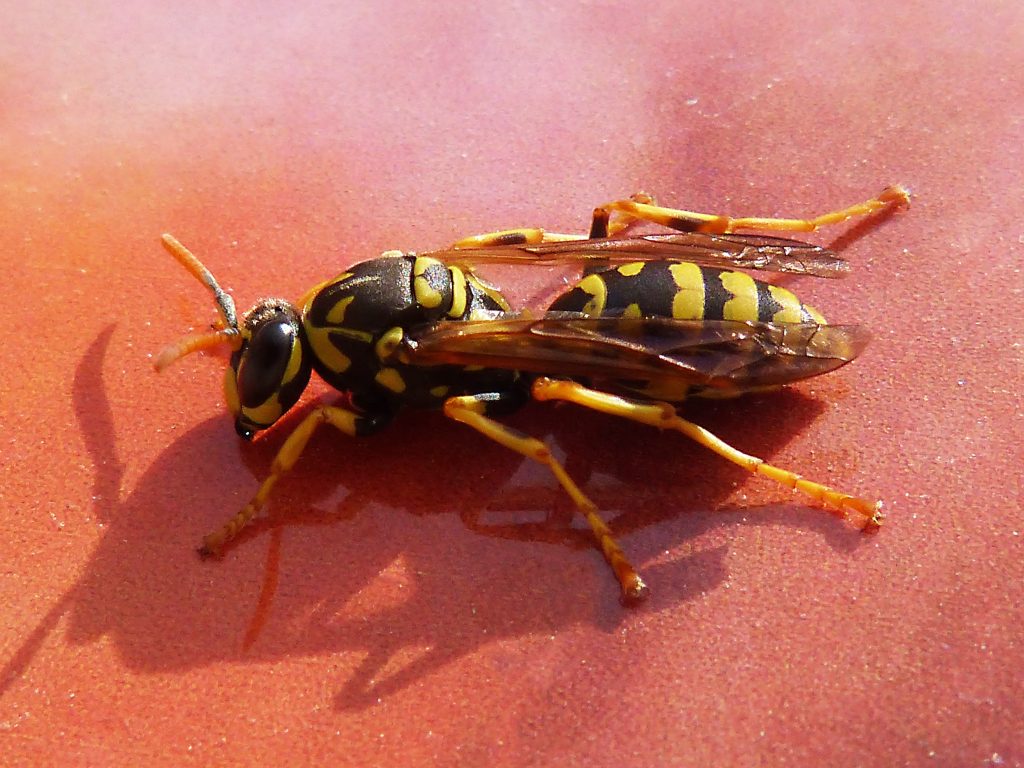
Frequency of stings of bees and wasps
More than 0.5 million people are affected by the stings of bees and wasps each year. This stinging ratio is more in summer as compared with winter because in summer these insects are very active.
How we can differentiate between bee stings and wasp stings?
The bee leaves its barbed sting at the site of the sting while wasps don’t leave their stinger at the site.
Composition of bee venom:
Bee sting venom is an acidic liquid composed of sugars, amino acids, formic acid, other volatile organic acids, various proteins, enzymes, and minerals. The most prominent compounds are acetylcholine, serotonin, histamine, melittin, apamin, phospholipase, hyaluronidase, HCl, and orthophosphoric acid. Their stings also contain allergens, i.e., in the case of bee phospholipase A2 & melittin while antigen 5 in wasps.
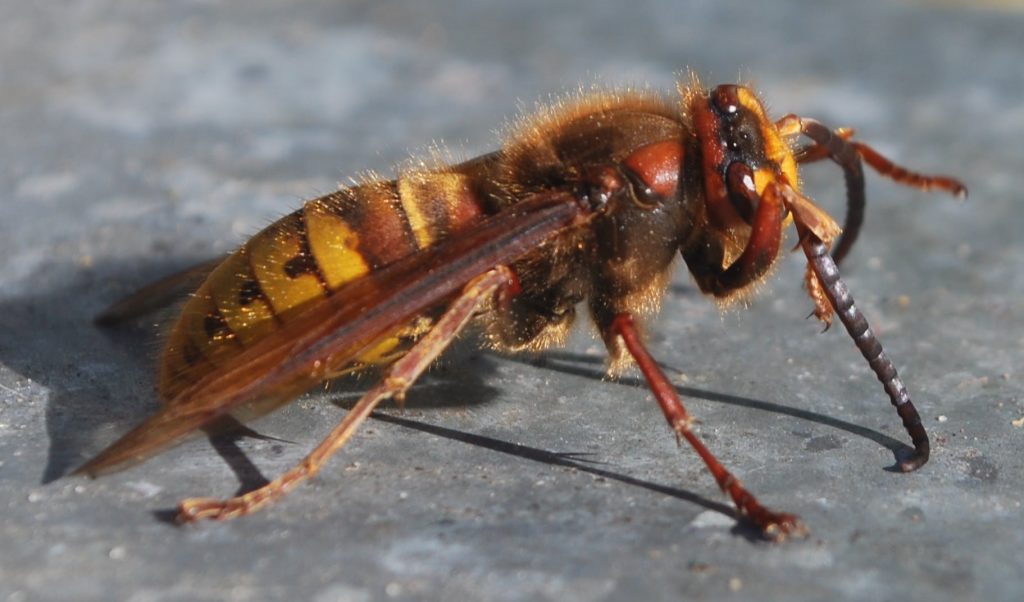
Mechanism of stinging:
The stinging insects have stinging apparatus which consists of two basic parts, i.e., a venom sac and a barbed stinger. When a bee or wasp wants to sting a human, a venom sac contracts forcing the stinger into the epithelial layer of the human. This pumping venom into the tissues.
Post-stinging reaction:
The acetylcholine and serotonin present in bee sting venom cause serious depolarization in the nociceptors, resulting in severe pain. Because bee venom contains histamine also, it results in severe inflammation at the stinging site.
Symptoms:
The immediate sign and symptoms of stings of bees and wasps are swelling, pain, redness, and itching.
- The pain is a burning sensation that appears instantaneously at the time of the sting. It lasts for 1 to many hours depending on the type of bee or wasps.
- The swelling appears one hour after stings and increases 48 hours after the time of stinging of bees and wasps. In some instances, it lasts for 3 to 7 days after the sting.
- Inching and redness start at the time of the wasp bite but last until the swelling disappears.
Killer bees:
Apis mellifera, an African bee, is the meanest bee that kills thousands of people worldwide. These bees are very aggressive, easily provoked and track their enemy for half a kilometer, and sting many times.
Wasp sting treatment at home:
- Wash the sting area with water and soap.
- Apply cold packs around the sting region.
- Use anti-inflammatory drugs (principally antihistamine)
- Take ibuprofen for pain relive agent.
- Apply hydrocortisone ointment to the wound.
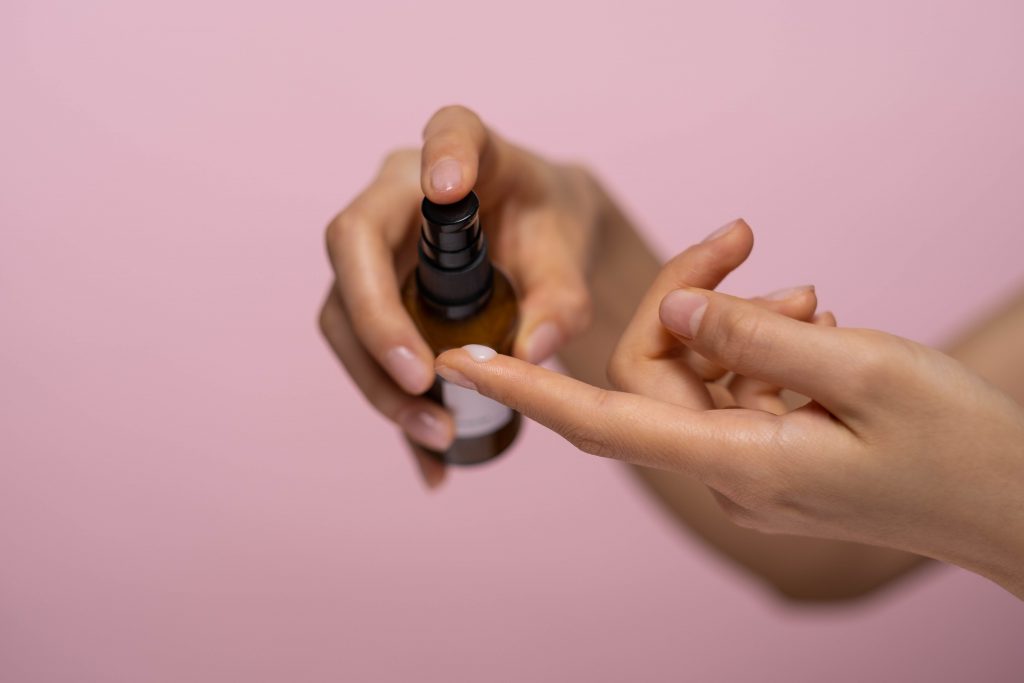
The difference in the stinging behavior of bees and wasps:
- Bees sting when disturbed but wasps sting aggressively.
- Bees are defensive, while wasps are offensive
- Bee barbed stinger remained in the skin after stinging, while wasps don’t leave their stinger in the skin, because wasps have a very smooth singer.
- Bees sting once while wasps sting again and again.
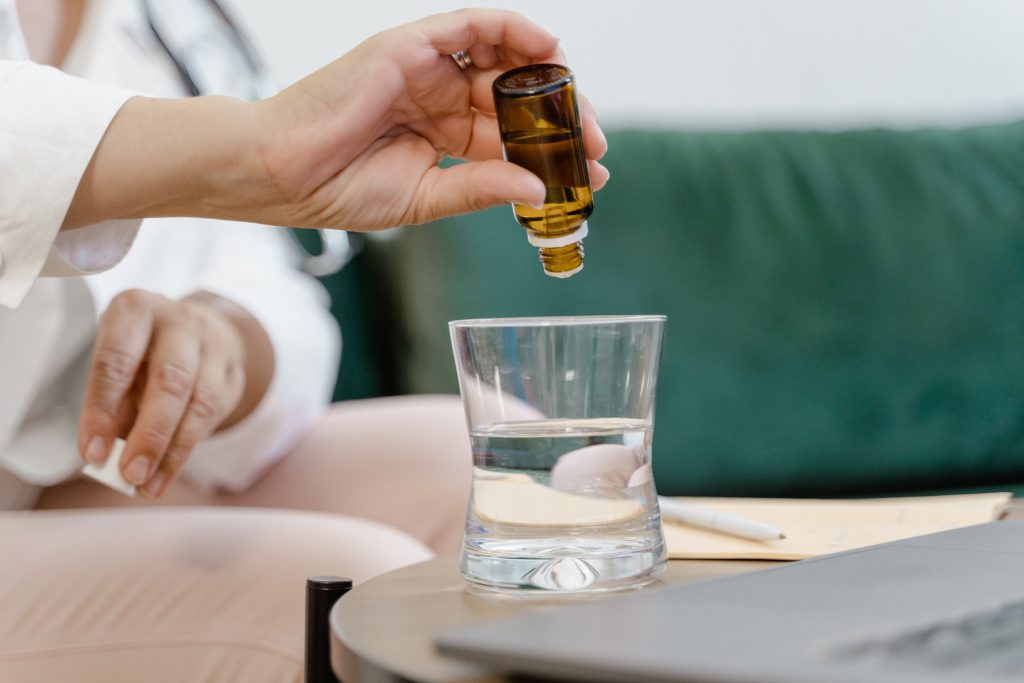
Bee and wasp herbal repellent:
Lavender oil, Peppermint oil, clove oil, geranium oil, and lemongrass oils are the most successful bee and wasp repellents of all time. These were used since ancient times.

